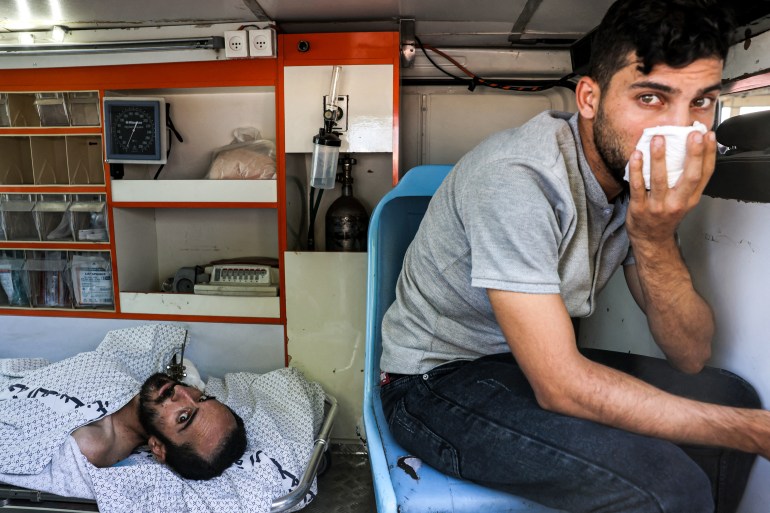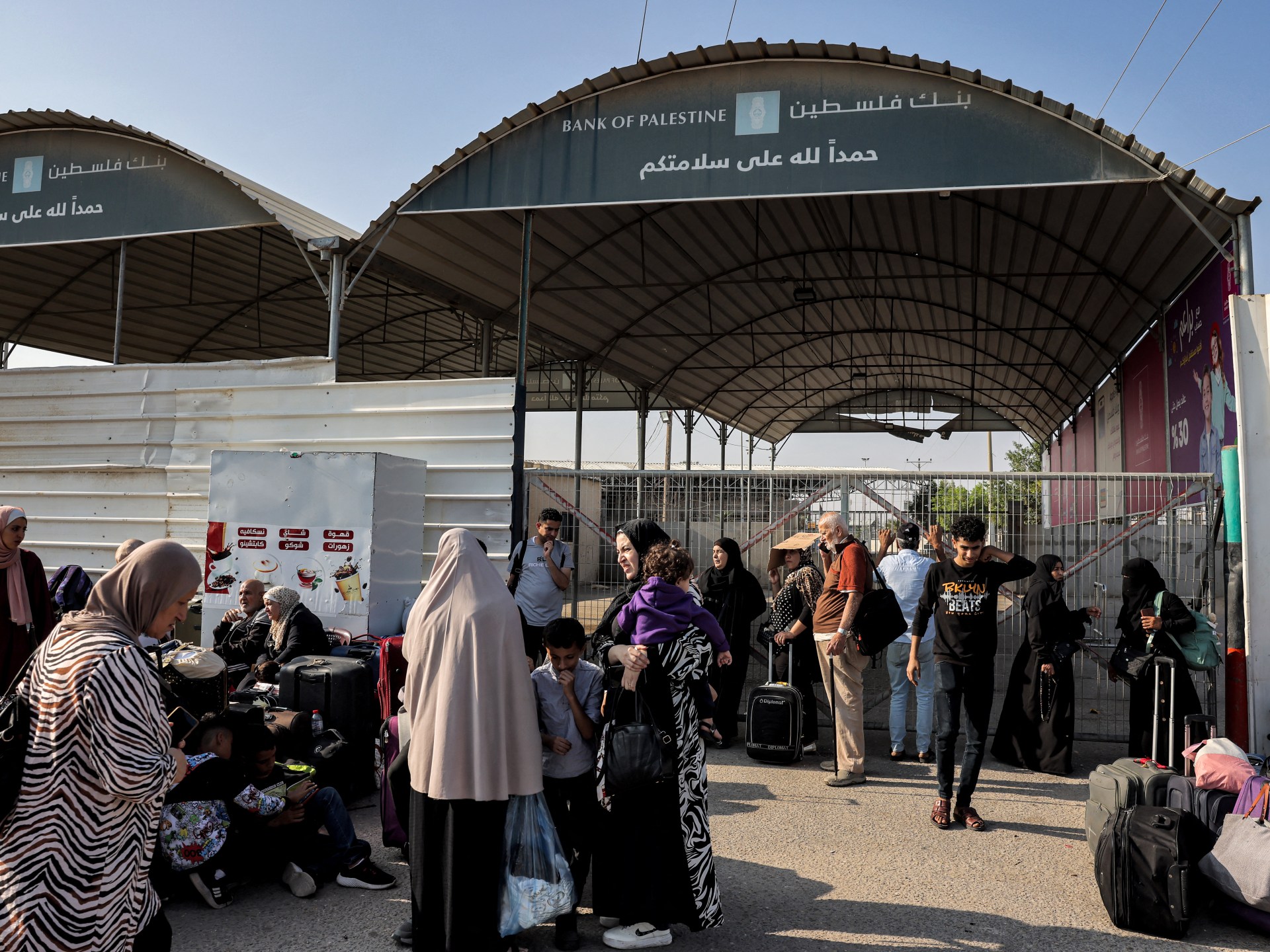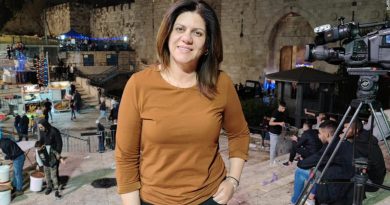With the Rafah border crossing open, who is exiting Gaza?
EXPLAINER
Gaza’s border with Egypt opened for limited evacuation today, allowing for just under 500 people to flee war-torn Gaza.
The Rafah border crossing between Gaza and Egypt opened on Wednesday, allowing limited evacuations from the besieged enclave to Egypt after nearly nearly four weeks of Israel’s war.
The opening could see up to 491 people entering Egypt. By 9:48am local time (07:48 GMT), people were already streaming through the Palestinian side of the crossing.

Two hours later, Al Jazeera correspondents on the ground reported scenes of chaos as people pushed to be allowed through the crossing, angry that their calls to embassies and government officials had gone unheard.
Before 15:00 GMT, the General Authority for Crossings in Gaza told Al Jazeera that 76 wounded Palestinians and their companions had so far crossed into Egypt through the Rafah border crossing, in addition to 335 holders of foreign passports.
The opening came the day after Israel bombed Jabalia refugee camp, which killed more than 50 people, according to Gaza’s health authorities. The war has now claimed more than 8,700 Palestinian lives, including more than 3,500 children.
What is the Rafah crossing?
The Rafah border crossing connects Gaza with Egypt’s Sinai Peninsula. Located at the southern tip of the strip, it is currently the only way out of the besieged enclave. This is the first time the crossing has been opened since war broke out on October 7.
The two other crossings, which connect Gaza with Israel – Beit Hanoun (called Erez by Israel), which is for people, and Karem Abu Salem (called Kerem Shalom by Israel) for commercial goods – have been shut since Hamas launched its lightning attack near the Gaza border fence, killing more 1,400 Israelis.
US efforts to persuade Egypt to allow safe passage for all Gaza Palestinians have so far led nowhere. However, for the past 11 days, Egyptian authorities have allowed more than 200 trucks carrying vital humanitarian supplies through the Rafah crossing into Gaza.
![]()
How was the opening negotiated?
Qatar brokered the agreement between Egypt, Israel and Hamas, in coordination with the US, according to a report in Reuters.
The deal is said to be separate from other discussions taking place, in particular on hostages who are still being held by Hamas since its attack on Israeli territory last month.
The armed group is holding more than 230 people, including Israeli soldiers and civilians, and foreigners from numerous countries. Thus far, four have been released.
On Tuesday, a Hamas representative announced that the armed group would soon be releasing “a certain number” of hostages.
The official list included the names of sick and injured people who were brought to the border in Palestinian ambulances. Egypt has set up a field hospital in Sinai, sending 10 ambulances to meet arrivals in Rafah.
Egyptian media had reported that more than 80 wounded Palestinians would enter Egypt for medical treatment.

How long will the border be open?
While it is known that the evacuation will be taking place for a limited time, no timeline has been made public.
Up to now, only a few convoys carrying essentials like food, water and medicine have been allowed through Rafah into the besieged enclave.
Who will be allowed to cross?
Palestine’s General Authorities for Crossings and Borders listed a set of 491 people, some dual nationals, others foreign passport holders, and still others injured Palestinians, that a set of countries agreed to evacuate from Gaza.
There is no mention of US and UK nationals– although it is unknown whether citizens of these countries might have been included in lists for the ICRC and NGOs, which did not specify nationalities.
International Committee of the Red Cross (ICRC) – 7
NGOs – 57
Australia – 34
Austria – 33
Bulgaria – 37
Czech Republic – 4
Finland – 6
Indonesia – 6
Japan – 23
Jordan – 281
Palestinian – 3




